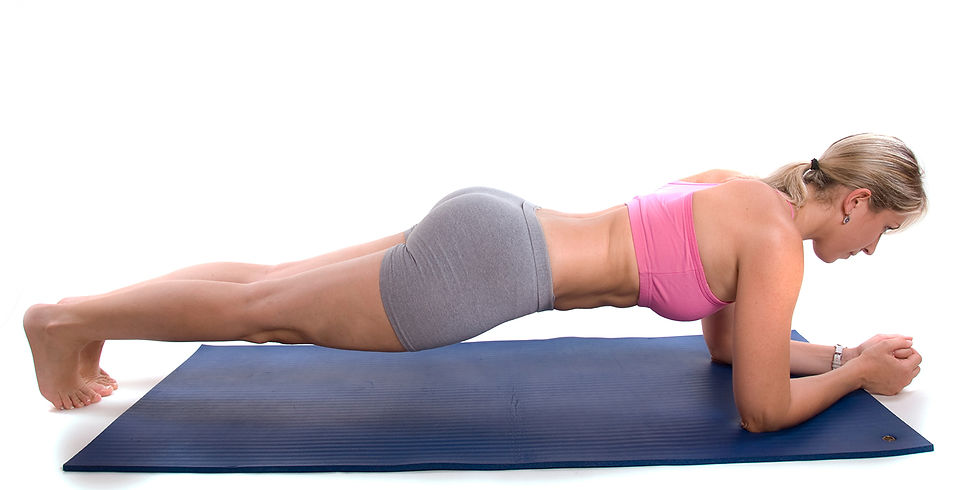Blooming in May
- Leïla Chevrier-Foundy

- May 7
- 2 min read

On a plane, we’re reminded to put on our own oxygen mask before helping others. The message here is that by taking care of yourself first, you’re better equipped to take care of others.
However, too often mothers fade into the background of their family’s needs.
During and after pregnancy, the body produces more elastin, a protein that makes connective tissues more flexible. This helps the body adapt for childbirth, but can also lead to joint instability. Add to that a shift in postural alignment: carrying, nursing, soothing… often at the expense of the back, shoulders, hips, core muscles and pelvic floor.
Active mom
Taking the time to move postpartum helps prevent pain, restore energy, and reconnect with your body. It also supports the prevention of urinary leaks, joint discomfort, and injuries caused by repetitive physical strain, like lifting and rocking a child.
A gradual return to physical activity is key. But be cautious: some exercises – such as crunches or jumping movements – are not suitable right after childbirth. It’s more appropriate to start with isometric core activation (exercises without movement) and learn to include the diaphragmatic breath, deep abdominal muscles and pelvic floor together. In the presence of diastasis (abdominal muscle distancing) or persistent discomfort, consulting a kinesiologist or pelvic floor physiotherapist is strongly recommended.
Easing into cardio can also be beneficial, whether it’s a brisk walk in nature, a light jog, or dancing in the living room. It helps release stress and boost your energy.
Some mothers will crave gentleness, others will want to let off steam. Movement can become a sacred moment of reconnection. The key is to listen to what you truly need.
This spring, and for Mother’s Day, you deserve more than flowers. Give yourself the gift of time and permission to choose yourself. Bloom one moment at a time.






Comments